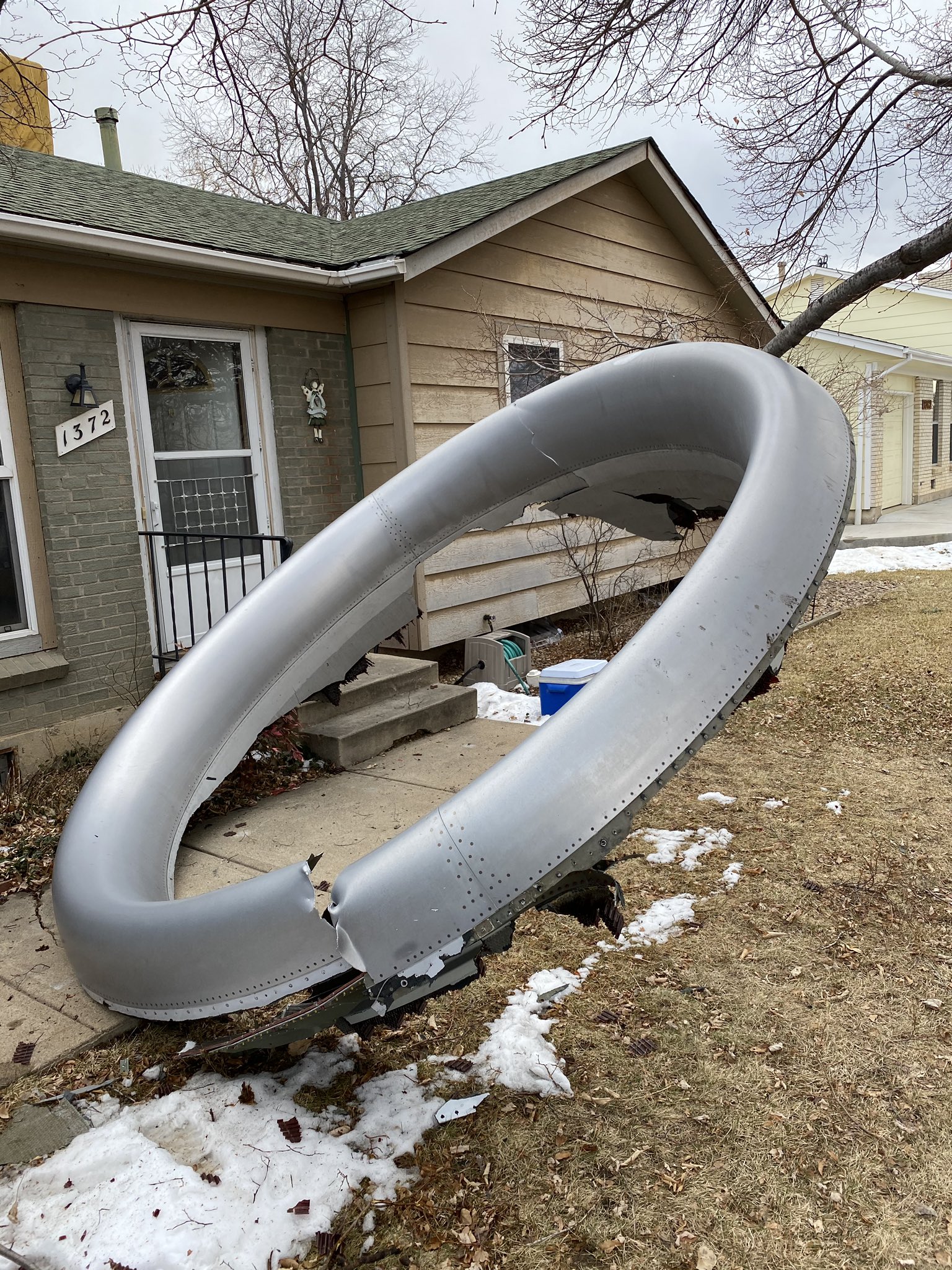ExFlyBoy5
Give me a museum and I'll fill it. (Picasso) Give me a forum ...
777 takes off from Denver en-route to Honolulu and engine disintegrates after take off.
Also today, 737 (not the Max) takes off from Cancun en-route to Houston and has engine failure and flap malfunction. Diverts to New Orleans.
https://www.newsbreak.com/louisiana...to-louis-armstrong-due-to-emergency-situation
Very happy that these have happy endings!
Also today, 737 (not the Max) takes off from Cancun en-route to Houston and has engine failure and flap malfunction. Diverts to New Orleans.
https://www.newsbreak.com/louisiana...to-louis-armstrong-due-to-emergency-situation
Very happy that these have happy endings!

